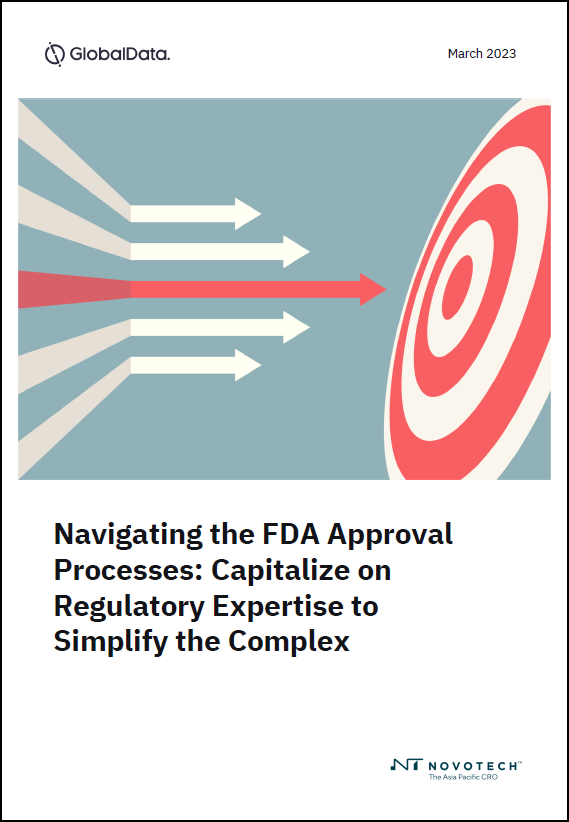
The US Food and Drug Administration (FDA) has outlined patient empowerment and engagement as key objectives in its drive to promote rare disease drug development.
To mark this year’s Rare Disease Day, the agency hosted a webinar inviting FDA officials, patients, and advocacy leaders for a day of panels and discussions to delve into the key challenges in rare disease drug development.
How well do you really know your competitors?
Access the most comprehensive Company Profiles on the market, powered by GlobalData. Save hours of research. Gain competitive edge.

Thank you!
Your download email will arrive shortly
Not ready to buy yet? Download a free sample
We are confident about the unique quality of our Company Profiles. However, we want you to make the most beneficial decision for your business, so we offer a free sample that you can download by submitting the below form
By GlobalDataThe resultant discussions underscored the importance of overcoming the barrier of accessibility and engagement for patients living with rare diseases and discussed how the agency is prioritising rare disease drug development to address real-world patient needs.
Agency action
As rare diseases pose challenges such as limited scientific knowledge of the disease, poor understanding of a disease’s natural history, and lack of precedent when designing clinical trials, the creativity used to address these limitations must result in studies that uphold regulatory approval standards, said Andrea Bell-Vlasov, PhD, a science policy analyst from the Center for Drug Evaluation and Research (CDER) rare diseases team.
During the panel, Bell-Vlasov highlighted initiatives such as CDER’s Accelerating Rare Disease Cures (ARC) programme and the LEADER 3D initiative that are being employed by the agency to address regulatory knowledge gaps. ARC focuses on expediting and increasing rare disease treatment options while Learning and Education to Advance and Empower Rare Disease Drug Developers (LEADER 3D) is a sub-effort under ARC to engage rare disease drug developers to help fill in knowledge gaps and promote a better understanding of the regulatory process.
In addition to planning, as per regulatory requirements, sponsors should also increase patient input during medical device development, explained Tracy Gray, a patient engagement lead at the Center for Devices and Radiological Health (CDRH). Based on the findings from an FDA-hosted patient panel, Gray noted that increasing patient input throughout a medical product’s life cycle can help sponsors develop home devices that both serve their purpose outside a facility setting and augment a patient’s quality of life.
Remote modalities
The challenge of accessibility was at the forefront of multiple panel discussions throughout the day. Early on, the FDA made a case for , citing decentralised trials and digital health technology (DCHT) as solutions to access barriers for patients who do not live near trial sites.
Later, an afternoon panel introduced patient committee members from an FDA-sponsored amyotrophic lateral sclerosis (ALS) study developing remote administration modalities for the ALSFRS-R outcome to discuss their experiences on the committee.
Enabling patients with progressive ALS to participate in clinical trials is of vital importance, said Carla DeMuro, VP of patient-centered outcomes assessment at consultancy company RTI Health Solutions.




